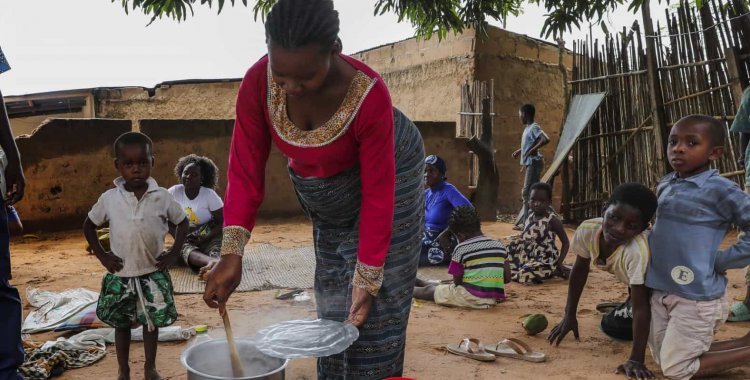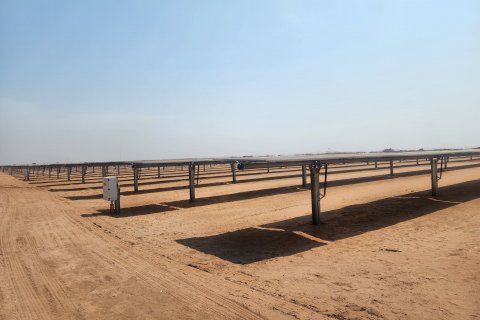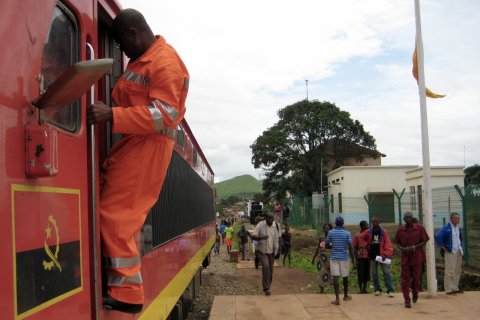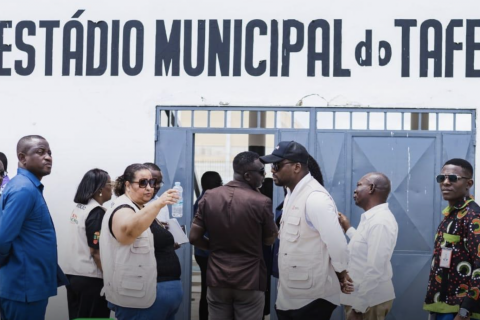The report in question was presented this Wednesday at the UN and was carried out by the Global Network Against Food Crises (GNAFC), an alliance of the UN, the European Union and governmental and non-governmental agencies.
In Angola, between October 2019 and February 2020, about 562,000 people were in crisis or worse, and more than half of those, 290,000 people, were already in the emergency phase.
Food emergency - or stage 4 in the universal classification of food insecurity - is the second highest on the scale, with stage 5 representing disaster situations.
"Multiple forms of malnutrition continue to threaten the well-being of Angola's children," the report warns, showing "very high" prevalence of child growth deficiencies, with 1.9 million children under age 5 in that condition.
"Micronutrient deficiencies are prevalent, with 65 percent of children suffering from anemia," the GNAFC document further adds.
The Global Network Against Food Crises concludes that hunger in Angola was largely caused by drought and that "local populations faced asset loss, displacement and significantly impaired livelihoods."
"The high concentrations of acutely food insecure people in the southern provinces reflect the effects of reduced harvests due to drought in 2019 and high prices of staple foods," the study reads.
The study authors distinguish Cahama, Cuangar, Cunhama, Gambos (formerly Chiange), Ombadja and Quilengues as food emergency municipalities.
The analysis was done in 2019, even before the covid-19 pandemic, so the data does not reflect the impact of the pandemic.
Still without concrete estimates for the year 2021, the report warns that "significant risks remain for food insecure populations following the worst drought in 30 years" and that imports of some cereals may be higher than average to meet national consumption needs.
According to the International Monetary Fund (IMF), price inflation will be high (with estimated inflation above 20 percent for this year), "in part because of weak currency" and greater pressure will be exerted on food prices because of "poor agricultural production."
"From February 2020 to 2021, the domestic currency lost about 30 percent of its value against the US dollar," the report, with IMF data, further adds.
"Significant risks" of African migratory locust infestation in crop and livestock production are also predicted.
The report adds that the approximately 56,000 refugees or asylum seekers, mostly from the Democratic Republic of Congo, are at worse levels of food insecurity: in May 2020, 41 percent of refugees consumed inadequate amounts of food.
"Angola has made substantial economic and political progress since the end of the war in 2002, but large parts of the population still live in poverty and without adequate access to basic services," the report describes, citing Oxford University.
Angola was part of a group of 55 countries studied, "chosen by consensus" among 16 partners in the study because they are "traditional" countries in crisis studies, where problems already existed and data systems were already in place, explained Arif Husain, an economist with the World Food Program.
The region of the world most affected by food shortages is Africa, where 97.9 million people live in this situation.
Among all those affected by the crisis, 133,000 people in the world can be considered in a food disaster or famine situation, mainly in South Sudan (105,000), Yemen (16,500) and Burkina Faso (11,400).







